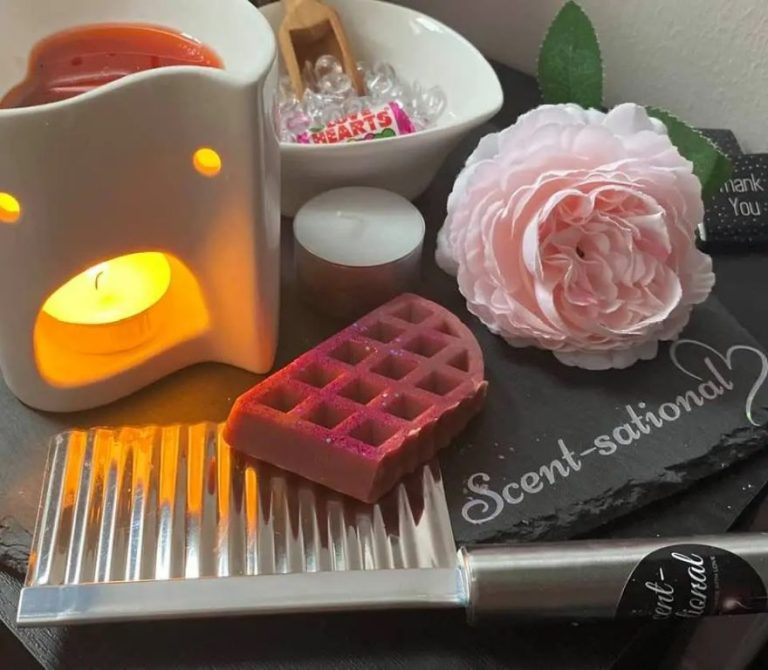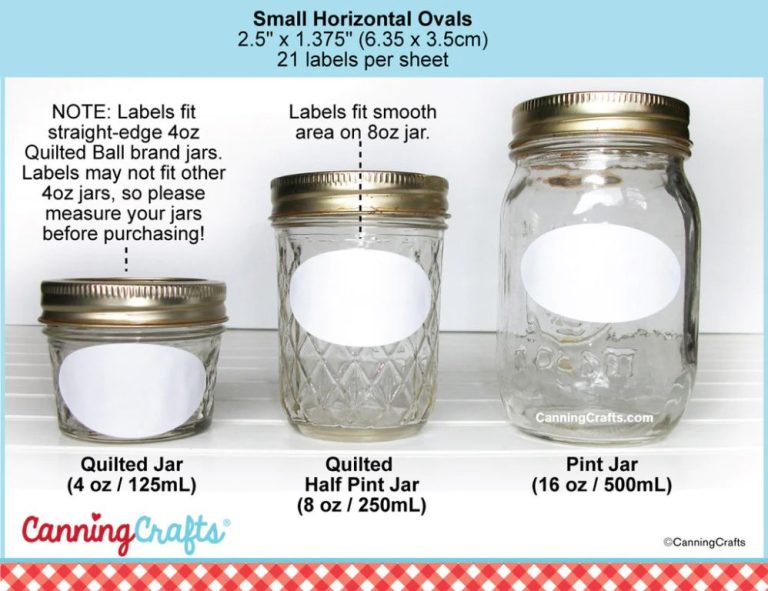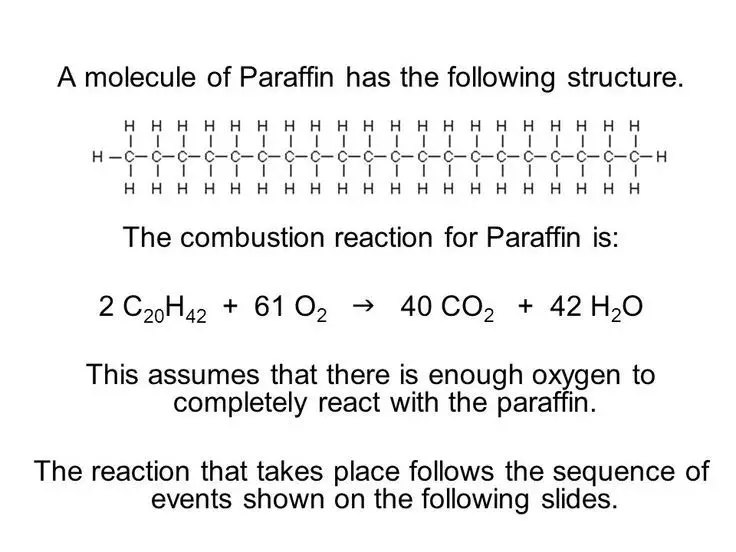What Is The Best Substitute For A Candle Wick?
Candle wicks are the string or cord that runs through the center of a candle. Their purpose is to draw wax up through the wick via capillary action, helping the candle to burn evenly and prevent tunneling. The wick also serves to ignite the wax at the tip to create the flame.
Most commercial candle wicks are made from cotton or paper fibers. However, sometimes substitutes are needed if these materials are unavailable, or a different burning characteristic is desired. Common materials used for homemade or substitute wicks include wood, paper, twine, or metal.
Cotton
Cotton is the most common wick material used in candles. Cotton fibers are braided together to create wicks that provide an even, bright flame. Some pros of cotton wicks are that they are inexpensive, readily available, and burn cleanly if trimmed regularly. However, a buildup of soot can occur on cotton wicks which requires them to be trimmed to prevent smoking. Cotton wicks also tend to mushroom at the tip which can lead to an uneven flame and excessive dripping. Substitutes may be needed for people with cotton allergies or for use in certain wax blends where another material may perform better.
Sources:
[1] https://www.lumoscandleco.com/blogs/wax-wick-facts/cotton-vs-wood-wicks
Wooden Wicks
Wooden wicks are made from various types of wood including bamboo, birch, and wood mixtures [1]. They provide a natural, smoldering effect and make a crackling sound as they burn. Unlike cotton wicks which curl into the wax as they burn, wooden wicks stand upright throughout the entire burn time. Some pros of wooden wicks are that they burn cleaner and longer than cotton wicks. The hard surface prevents soot buildup which can lead to unpleasant smells or smoke. Wooden wicks are also more rigid so they don’t bend over into the wax pool. Some cons are that they can be more expensive and don’t work as well for container candles since they require a larger wax pool to prevent tunneling.
There are different types of wooden wicks depending on the wood used. Bamboo wicks are flexible and resilient against high heat. Birch provides excellent capillary action to absorb wax. Wooden wick blends like hardwood and softwood mix the benefits of different woods. The type of wood impacts the crackling volume, how quickly the wick absorbs wax, and the burn properties.
Paper Wicks
Paper wicks are a common substitute for traditional cotton wicks. They are made from thin sheets of paper that are rolled or braided together to form the wick. Some of the pros of using paper wicks include:
- Inexpensive – Paper is a very affordable material, so paper wicks cost much less than cotton or wood.
- Easy to make – Paper wicks can be handmade at home just by rolling, braiding, or twisting paper.
- Accessible materials – Paper is readily available in most homes.
However, there are also some downsides to paper wicks:
- Burn faster – Paper wicks tend to burn down quickly and need to be trimmed more often.
- Prone to carbon buildup – Paper can produce more soot than cotton.
- Don’t self-trim – The wick shape may become irregular and require trimming.
- Less sturdy – Paper wicks are more fragile than cotton or wood.
The most common types of paper used for wicks include tissue paper, parchment paper, newspaper, notebook paper, coffee filters, and paper towels. Multiple sheets can be layered for a thicker wick. avoid glossy prints and colored paper, as these can release toxins when burned.[1] With some trial and error, paper wicks can be an inexpensive substitute for traditional wicks.
Twine Wicks
Twine wicks are a common homemade substitute for traditional candle wicks. They are made from twisted strands of natural fibers like cotton, jute, or hemp. Some of the pros of using twine as a wick material include:
- Inexpensive and readily available – You can find twine at most craft stores for just a couple dollars.
- Easy to work with – Twine is very flexible and can be braided, twisted, or wrapped around a wick holder.
- Natural materials – Twine wicks made from cotton, jute, or hemp burn cleanly.
Some potential drawbacks of twine wicks are:
- May need frequent trimming – The loosely braided strands can create an uneven flame and smoking.
- Possible soot – Natural fibers like jute may produce more soot than a tightly braided commercial wick.
- Shorter burn time – Twine wicks tend to burn faster than commercial wicks designed for candles.
Overall twine can make an inexpensive and accessible wick for emergency or short-term candle making. Regular trimming and using tightly twisted strands can help minimize smoking and create a cleaner burn. Twine wicks may not be ideal for long-burning candles, but work well in a pinch. Cotton twine tends to be the best option in terms of burning cleanly and minimizing soot (Source).
Metal Wicks
Metal wicks are made from various metals like zinc, tin, or copper [1]. They became popular as an alternative to regular cotton wicks because they don’t bend or burn like cotton. Metal wicks have a few advantages:
- They don’t burn or bend, so they last longer.
- They produce less soot and smoke.
- They burn hotter, so the wax melts more evenly.
However, metal wicks also have some downsides:
- The hotter flame can be more dangerous if not monitored.
- The metals can degrade over time.
- They are generally more expensive than cotton.
Overall, metal wicks are a good option for candles where you want a hot, even burn without smoke or soot buildup. Just be sure to watch the candle while burning and trim the wick as needed.
Wickless Candles

Wickless candles are a type of candle that does not use a traditional wick. Instead of a wick, wickless candles utilize melted wax that has been mixed with fragrance and dye. The wax mixture is warmed to a liquid state and poured into a container. As the wax cools and solidifies, the fragrance is released into the air without the need for a flame.
Some of the pros of wickless candles are:
- They are flameless, making them ideal for households where safety is a top priority. (Source)
- There is no soot or smoke produced from the candle.
- Without a flame, there is no need to trim wick or deal with wick issues.
- They are clean and mess-free with no wax drips.
Some potential cons of wickless candles are:
- The fragrance may not be as strong or last as long as a traditional candle.
- The ambiance and visual appeal of a candle flame is lost.
- May need to be warmed occasionally to refresh the scent.
- More expensive compared to traditional candles.
Wickless candles work by incorporating fragrance oils and dyes directly into melted wax. The wax mixture is poured into a container and allowed to solidify. As the wax warms to room temperature, the fragrance oils evaporate into the air, releasing the scent. The candle can be warmed occasionally, either in a wax warmer or low heat oven, to liquify the wax again and refresh the fragrance.
Choosing a Substitute
When selecting a substitute for a candle wick, there are several criteria to consider: safety, cost, availability, burning properties, and sustainability.
Safety is a top priority. The wick should not contain materials that give off toxic fumes when burned. Lead-free cotton and wood wicks are safer options.
Cost and availability also matter. Basic cotton string is inexpensive and easy to find. Specialty wicks like paper or hemp can be pricier and harder to source.
The burning properties of the wick affect the candle’s performance. The wick should be absorbent enough to draw fuel up through capillary action. The flame should burn steadily, not too high, low, or produce excess smoke. Testing wick options is wise.
Finally, eco-friendly wicks like wood, hemp, or paper tend to be more sustainable choices than cotton or wire. They often biodegrade cleanly.
By weighing these factors – safety, cost, availability, performance, and sustainability – crafters can determine the best wick substitute for their candles.
Making Substitute Wicks
There are a few simple ways to make homemade candle wicks if you don’t have access to store-bought wicks. Here are some common wick substitutes and how to prepare them:
Cotton Wicks
Cotton makes an excellent wick substitute. To prepare a cotton wick:
- Take a ball of cotton yarn, string, or even cotton balls, and cut into 6 inch strands.
- Tie a knot at one end and wrap the other around a pen or skewer to aid in wicking.
- Soak the wick in a mixture of 1 cup hot water, 1 tsp borax, and 1 tsp salt for 30 minutes up to 24 hours. This helps the cotton burn slowly and prevent “drowning”.
- Allow wicks to fully dry for 2-3 days.
- Pre-coat the dry wicks in melted wax by dipping them in the wax and allowing to dry before using in candles.
Paper Wicks
Paper can also be fashioned into a crude wick. To make a paper wick:
- Cut strips of thick paper like cardstock or construction paper into 6 inch pieces.
- Roll and twist the paper tightly into a wick shape.
- Pre-coat in melted wax before using.
For best results, braid 3 strands of twisted paper together for a stronger wick.[1]
Conclusion
Substitute materials such as cotton, wooden wicks, paper, twine, and metal can be used as alternative candle wicks when standard cotton wicks are unavailable. Each material has its own pros and cons:
– Cotton: The most common and readily available wick material that provides a clean, even burn. The biggest downside is its higher cost compared to other substitutes.
– Wood: Inexpensive and accessible, wooden wicks can provide a pleasant, crackling sound. However, they may also pop, spark, or leave residue.
– Paper: Very affordable and easy to shape into a wick. But paper burns faster than other materials and may generate more smoke.
– Twine: Often made from natural cotton or hemp, twine is an economical substitute that braids well into a wick. It may produce more soot than pure cotton wicks.
– Metal: Metal wicks don’t burn away, so they can be reused. But they conduct heat, creating hot spots, and require special handling.
For most situations, cotton and wooden wicks are the best all-around substitutes for candle wicks. Cotton provides the cleanest, most controlled burn, while wooden wicks add visual interest at a low cost. With proper wick sizing and candle care, both can produce excellent results rivaling standard wicks.





